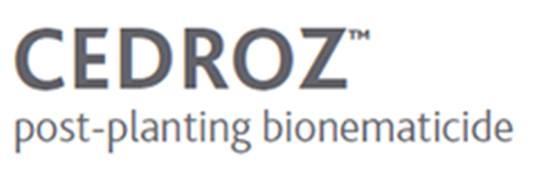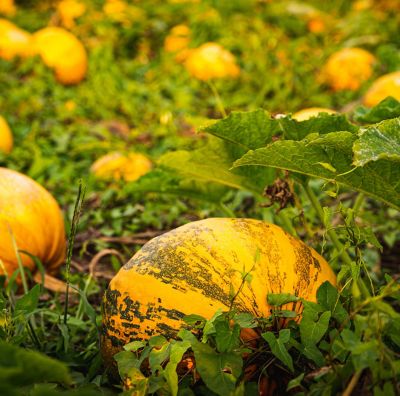
Greenhouse results (Spain, 2016)
In greenhouses, Cedroz has performed equal to the commercial reference standard Vydate® 10 L (Oxamyl 10% — 100 g/L). The results show that Cedroz is an effective solution for nematode control.
The ability of Cedroz to consistently and significantly reduce the evolution of nematode populations guarantees an increase in crop production compared to the untreated control. It’s an excellent tool in nematode defense strategies, including preplanting soil fumigation, systemic nematicides and solarization.
Evaluation parameters
During the testing phase of Cedroz, two key evaluation parameters were considered. The first focused on the efficacy of Cedroz in comparison to the untreated control, measured by the severity of root galling using the Zeck scale. The second assessed the impact of Cedroz on production, specifically the yield of the crops.
Table 1. Details of the efficacy of three trials with Cedroz on tomato
| Tomato (three trials) | |
|---|---|
| Cultivar |
Valderrama, Marinda, Boludo |
| Transplant period |
July–August 2016 |
| Location |
Spain: Seville, Murcia |
| Soil type |
Clay sandy loam—sandy |
| Cedroz |
Six applications of Cedroz at a dosage of 9 L/ha, which resulted in a total of 54 L/ha. Application was done from the phenological stage BBCH 12–14 to the stage BBCH 72–89 with an interval of 8 to 10 days between treatments. |
| Application method |
Applied to the soil through irrigation system |
| Standard reference |
Vydate® 10 L applied at 50 L/ha divided into four applications of 20-10-10-10, respectively, from the BBCH stage 12–14 to 52–61 at 10-day intervals. |
| Assessment | Severity of root damage (RGS index) and cumulative production at 90 to 100 days after transplantation |
Note: No preplanting fumigations were performed in the greenhouses.
Table 2. Tomato root damage severity on a Zeck scale (0-10)

Note: No preplanting fumigations were performed in the greenhouses.
Table 3. Percentage of cumulative production compared to untreated tomatoes

Note: The figure shows results of three tests comparing cumulative production of tomato plants treated with Cedroz and Vydate 10 L to untreated tomato.
Table 4. Details of the efficacy of three trials with Cedroz on cucumber
| Cucumber (three trials) | |
|---|---|
| Cultivar |
Corona, Renoir, Lucena |
| Transplant period |
July–September 2016 |
| Location |
Spain: Cádiz, Murcia, Almería |
| Soil type |
Sandy |
| Cedroz |
Six applications of Cedroz at a dosage of 9 L/ha, which resulted in a total of 54 L/ha. Application was done from the phenological stage BBCH 12–14 to stage BBCH 72–89 with an interval of 8 to 10 days between treatments. |
| Application method |
Applied to the soil through irrigation system |
| Standard reference |
Vydate® 10 L applied at 30 L/ha divided into two to three applications of 20-10 or 10-10-10 L/ha respectively from the BBCH stage 13–14 to 51–61 at 10-day intervals. |
| Assessment | Severity of root damage (RGS index) and cumulative production at 90–100 days after transplantation |
Note: No preplanting fumigations were performed in the greenhouses.
Table 5. Cucumber root damage severity on a Zeck scale (0-10)

Note: The figure illustrates the root damage in cucumber plant treated with Cedroz in comparison to the untreated cucumber and cucumber treated with the standard treatment, Vydate 10 L.
Table 6. Percentage of cumulative production compared to untreated cucumber

Note: The figure shows results of three tests comparing cumulative production of cucumber plant treated with Cedroz and Vydate 10 L to untreated cucumber.
Certain statements may not be applicable in all geographical regions. Product labeling and associated claims may differ based on government requirements.





